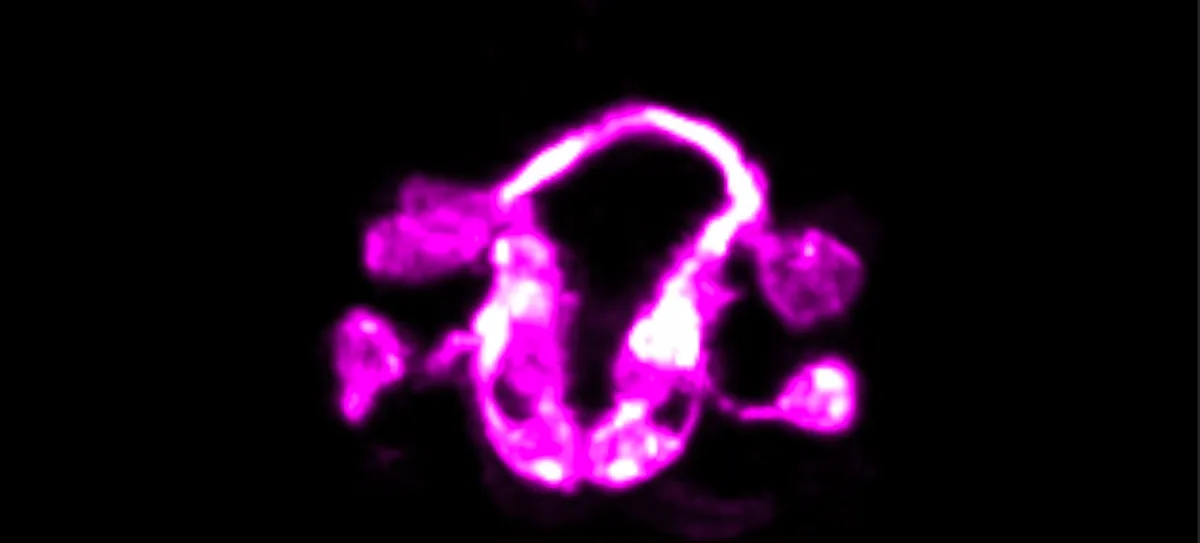Studying the developing brain of a living animal has long been thought to be an almost impossible task thanks to the intricate tangle of neurons and vast labyrinth-like paths of connections that need to be imaged in real time.
Now, researchers at the Yale School of Medicine have used a combination of computing and microscopy techniques to view this previously impenetrable process as it unfolded in a living nematode, C. elegans.

These animals are often used in research as they share key molecular and genetic characteristics with humans despite their relatively simple biology.
“Before, we were able to study single cells, or small groups of cells, in the context of the living C. elegans, and for relatively short periods of time,” said lead researcher Mark Moyle, an associate research scientist in neuroscience at Yale School of Medicine. “It has been a breath-taking experience to now be able to watch development unfold for hours, across the entire brain of the organism, and visualise this highly orchestrated dance.”
Read more in neuroscience and the brain:
- Music: How it affects your brain, changes your mood and helps you focus
- The mystery of language: how children learn to speak their mother tongue
- Telling stories: why your elderly relatives are the best storytellers
The researchers found that neuronal processes in the worm's brain are organised into layers, each containing specific circuits that are linked to distinct behaviours.
By using high-resolution light sheet microscopy, they were able to track the paths of single cells over the course of the organism's development, allowing them to investigate how these cells help choreograph the assembly of the brain.
The brain is organised like a city such as London, they say, with areas like the City of London or Soho organised to carry out the specific functions of finance and entertainment.
“When you see the architecture, you realise that all this knowledge that was out there about the animal's behaviours has a home in the structure of the brain,” said Prof Daniel Colón-Ramos, the Dorys McConnell Duberg Professor of Neuroscience and Cell Biology. “Suddenly you see how the city fits together and you understand the relationships between the neighbourhoods.”
Reader Q&A: Is is true that we only use ten per cent of our brain?
Asked by: John James, Somerset
This is an urban myth: scans show that most of the brain is active even when we’re not doing much. It’s true that brains are adaptable, and we have huge potential to learn new skills, but this happens mostly via the formation of new connections and networks in the brain, not through the activation of previously idle areas.
The brain is a huge energy-guzzler, and it wouldn’t make sense for us to have evolved to use a fraction of such a costly organ.
Read more: